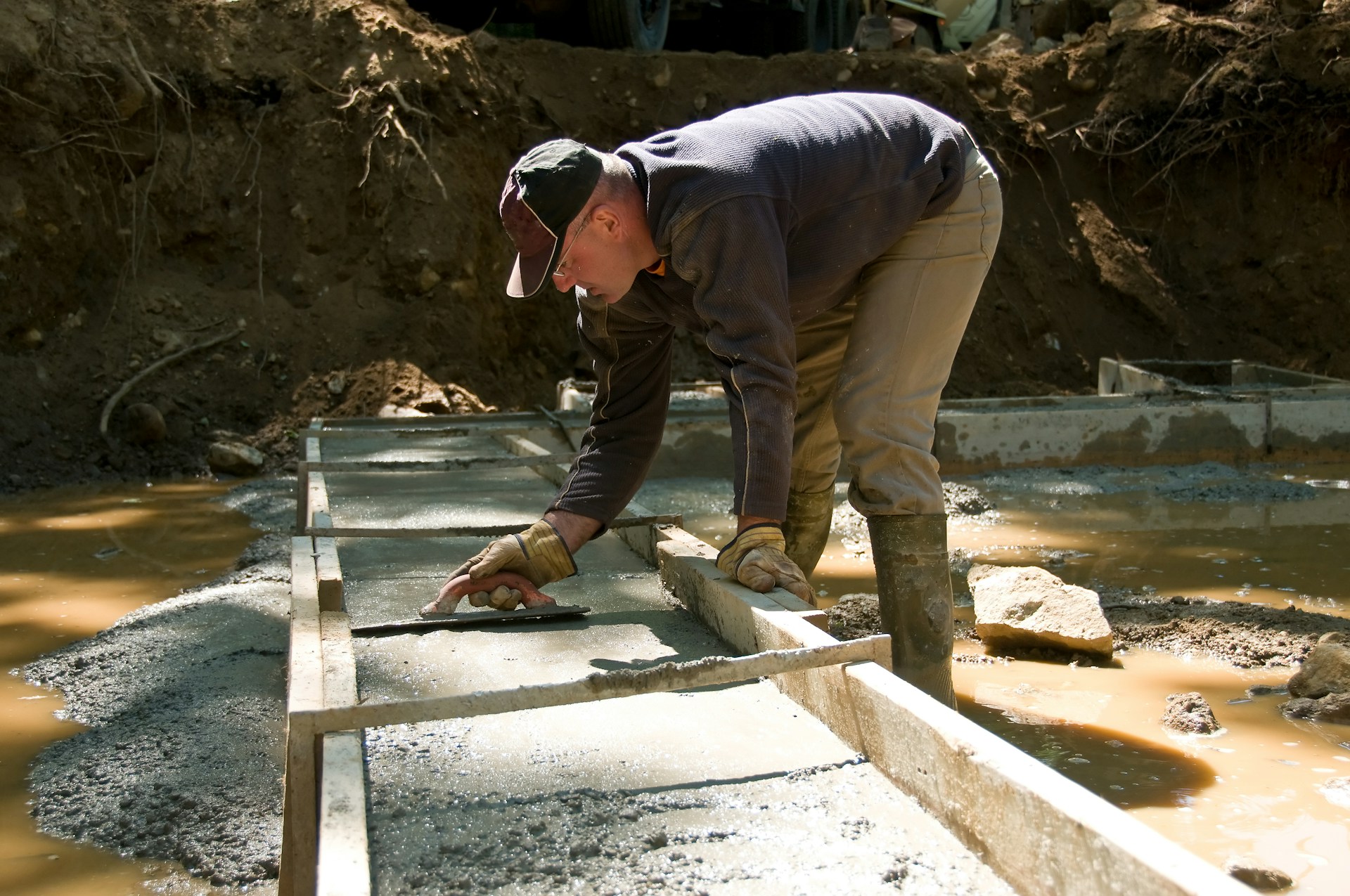Builder Confidence Stays Strong in February
By NAHB (National Association of Home Builders)
Builder confidence in the market for newly built single-family homes remained unchanged at a healthy 72 level in February on the NAHB/Wells Fargo Housing Market Index (HMI).
“Builders are excited about the pro-business political climate that will strengthen the housing market and support overall economic growth,” said NAHB Chairman Randy Noel. “However, they need to manage supply-side construction hurdles, such as shortages of labor and lots and building material price increases.”
“The HMI gauge of future sales expectations has reached a post-recession high, an indicator that consumer demand for housing should grow in the months ahead,” said NAHB Chief Economist Robert Dietz. “With ongoing job creation, increasing owner-occupied household formation, and a tight supply of existing home inventory, the single-family housing sector should continue to strengthen at a gradual but consistent pace.”
Derived from a monthly survey that NAHB has been conducting for 30 years, the HMI gauges builder perceptions of current single-family home sales and sales expectations for the next six months as “good,” “fair” or “poor.” The survey also asks builders to rate traffic of prospective buyers as “high to very high,” “average” or “low to very low.” Scores for each component are then used to calculate a seasonally adjusted index where any number over 50 indicates that more builders view conditions as good than poor.
The HMI component charting sales expectations in the next six months rose two points to 80, the index measuring buyer traffic held steady at 54, and the component gauging current sales conditions dropped one point to 78.
Looking at the three-month moving averages for regional HMI scores, the Midwest rose two points to 72, the South increased one point to 74, the West remained unchanged at 81, and Northeast fell two points to 56.
HMI tables can be found at nahb.org/hmi. More information on housing statistics is also available at housingeconomics.com.





